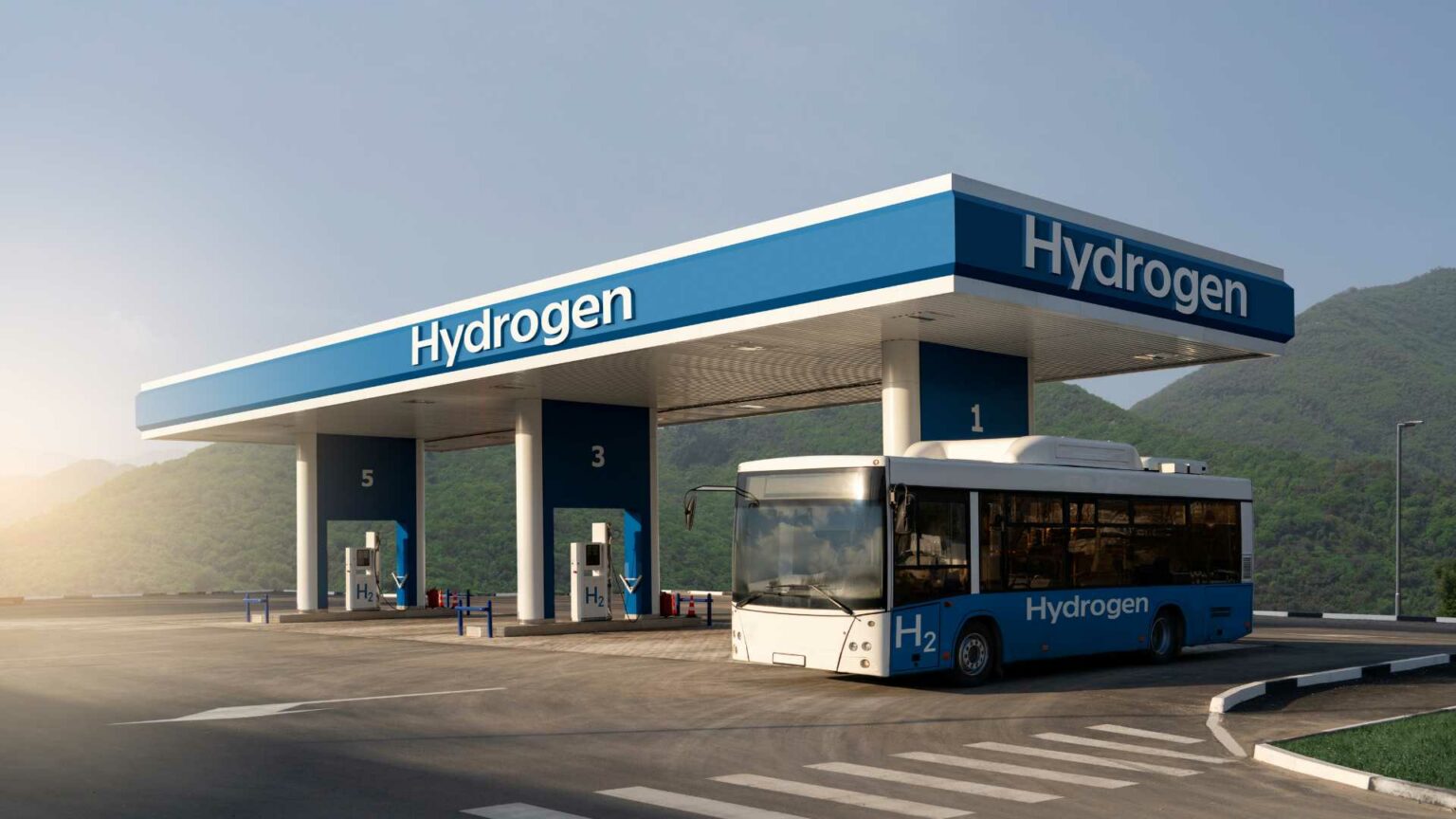Wrightbus, a zero-emission bus manufacturer based in Ballymena, has inked a significant deal to supply 46 hydrogen buses to Cottbus, Germany.
This milestone agreement underscores Germany’s commitment to transitioning its public transport network towards cleaner, more sustainable alternatives.
The order placed by Cottbusverkehr GmbH marks a pivotal moment in the adoption of hydrogen-powered buses in Germany. These buses, part of Wrightbus’s Kite Hydroliner series, will serve the city of Cottbus, contributing to the decarbonization of public transportation in the region. The move aligns with Germany’s ambitious plans to invest €350 million in supporting the production of renewable hydrogen, signaling a significant shift towards cleaner energy solutions.
As Europe’s fastest-growing bus manufacturer, Wrightbus has emerged as a key player in advancing sustainable mobility solutions. Since its acquisition in 2019, the company has experienced rapid growth, earning recognition as Northern Ireland’s fastest-growing company. With a workforce of 1,650 employees and a production capacity of 22 buses per week, Wrightbus is at the forefront of innovation in the transportation sector.
Jean-Marc Gales, Chief Executive of Wrightbus, emphasizes the importance of hydrogen in facilitating the transition away from fossil fuels. Hydrogen-powered buses offer a cleaner alternative to traditional diesel vehicles, reducing emissions and improving air quality in urban environments. By embracing hydrogen technology, Germany aims to achieve its decarbonization goals while enhancing the sustainability of its public transport infrastructure.
The Cottbus bus order represents a significant milestone for Wrightbus and the hydrogen energy sector as a whole. With several European orders already secured and more in the pipeline, hydrogen-powered buses are gaining traction as a viable solution for sustainable transportation. As governments and municipalities prioritize decarbonization efforts, hydrogen is poised to play a crucial role in reshaping the future of mobility.





